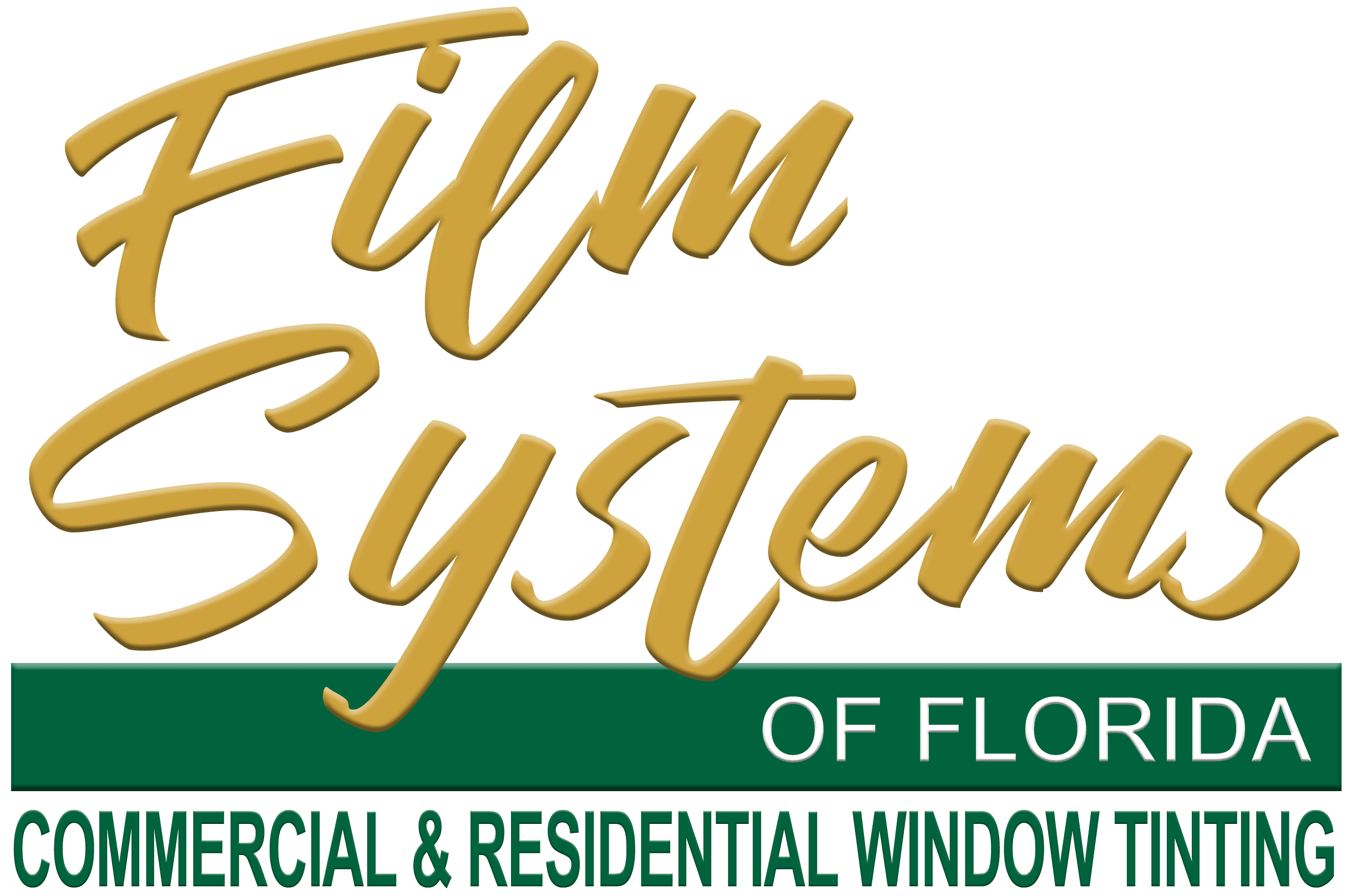FAQ
FREQUENTLY ASKED QUESTIONS
Explore some of the most frequently asked questions regarding residential and commercial window tinting
What is window film?
Window Film is a low-cost, high-return energy conservation measure made of micro-thin layers of film combined with high performance coatings that bond to the glass surface.
Why do you need window film on your windows?
Adding Window Film upgrades your existing windows by improving energy efficiency, cutting glare, and reducing damage to furniture due to fading. It also helps make occupants feel more comfortable within the house or building.
Is window film disruptive to install?
Most windows can be filmed in 15 minutes with minimal or no disruption to building occupants.
What level of energy savings can I expect with window films?
The energy savings depend on many factors, such as the existing type of glass, existence of overhangs, your location (climate), and energy rates in your area. However, for most buildings, high-performance window films can reduce energy costs from 5 to 15%.
What type of return on investment or simple payback would these energy savings provide?
Though they provide similar energy savings, window films are much cheaper to install than replacement window - about 5-10% of the cost. Therefore, the capital investment is much lower for window film. Many projects produce a simple payback in less than three years (when including utility company rebates) - equivalent to a 33% return on investment!
Is applying window film safe for my windows? Won't it cause glass breakage or seal failure?
The installation of window films is very safe. We provide our installers with a list of recommended applications and are confident that the applications are safe when the recommendations are followed. Plus, we provide warranties against glass breakage and seal failure.
Isn't window film dark? And won't application of film cause me to have to use more lighting, which would increase my energy costs?
In many cases, there is so much solar heat gain before window films are installed that shades or blinds must be kept closed. By applying energy-saving window film, blinds and shades can remain open, allowing more light into the building than before film installation. Plus, window films come in a variety of light transmissions, from very dark (0% light transmission) to very light (80% light transmission).
I've heard that films with a high Luminous Efficacy are the best films to use and will provide the best energy savings. Is this true?
Films with high Luminous Efficacies, also known as Spectrally-Selective Films, can be the best film in many applications. However, the solar heat rejection of these products is typically less than the highest performance films, so they offer less savings on air-conditioning costs. In addition, films higher in light transmission offer less in the way of glare reduction.
How does the installation of energy-saving window film affect the performance of my building's HVAC system?
According to U.S. Department of Energy statistics, solar heat gain through windows is responsible for about one third of a building's cooling costs. Energy-saving window film that can reduce solar heat gain by 75% or more can significantly reduce the run time of air-conditioning systems or allow them to operate at lower load conditions. This can reduce cooling costs in commercial buildings by as much as 30%, lengthen HVAC equipment life, lower maintenance costs for air-conditioning systems, and allow for replacement of cooling equipment with smaller, less expensive equipment.
What is the expected lifespan of your window film products and what are the warranties on your products?
Most films carry a 10 or 15-year warranty for non-residential installations. Warranties include total film replacement, including labor and materials. Many of our films are on the job, still providing energy savings and improved comfort, 20 years after installation.
Can window films help with LEED Certification or qualification as an Energy Star Labeled Building?
In fact, window films can assist with as many as 9 LEED Certification points (out of the 32 required for Silver LEED Certification). The energy savings provided by Vista® films can also assist buildings with their Energy Star Labeling requirements.

Film Systems of Florida
Englewood: (941) 473-0309
Toll Free: (800) 940-3455
Hours of Operation:
Monday - Friday 9-5
Saturdays by Appt Only
Call for a FREE Estimate Today!




© 2025
All Rights Reserved | Film Systems of Florida
